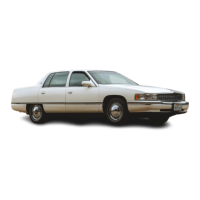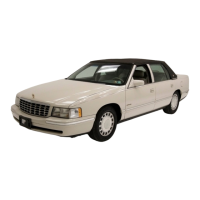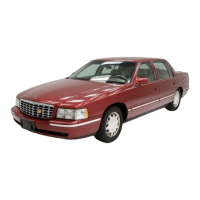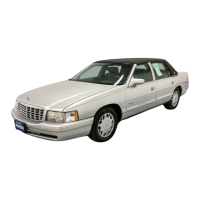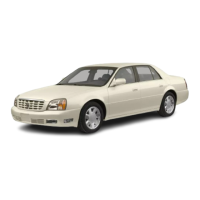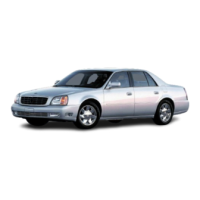Remember: Anti-lock doesn’t change the time you need
to get your foot
up
to the brake pedal or always decrease
stopping distance. If you get too close
to
the vehicle in
front of you, you won’t have time to apply your brakes
if that vehicle suddenly slows or stops. Always leave
enough room
up
ahead
to
stop, even though you have
anti-lock brakes.
Using
Anti-Lock
Don’t pump the brakes. Just hold the brake pedal down
and let anti-lock work
for
you.
You may hear the
anti-lock
pump
or motor operate, and feel the brake
pedal pulsate, but this is normal.
Traction
Control
System
Your vehicle has a traction control system that limits
wheel spin. This is especially useful in slippery road
conditions. The system operates only if it senses that one
or both of the front wheels are spinning
or
beginning to
lose traction. When this happens, the system works
the
front brakes and reduces engine power
to
limit wheel
spin.
The
TRACTION
ACTIVE
message will display on the
Driver Information Center when the traction control
system is limiting wheel spin.
See
“Driver Information
Center Messages”
in
the Index. You may feel or hear
the system working, but this
is
normal.
If your vehicle
is
in cruise control when the traction
control system begins to limit wheel spin, the cruise
control will automatically disengage. When road
conditions allow you
to
safely
use
it
again, you may
re-engage the cruise control. (See “Cruise Control”
in the Index.)
1
4-8

